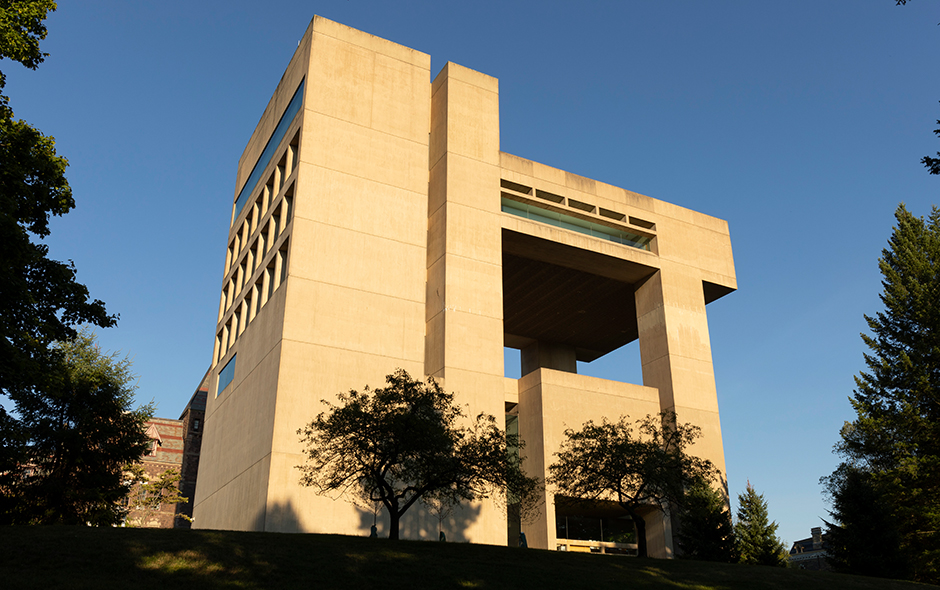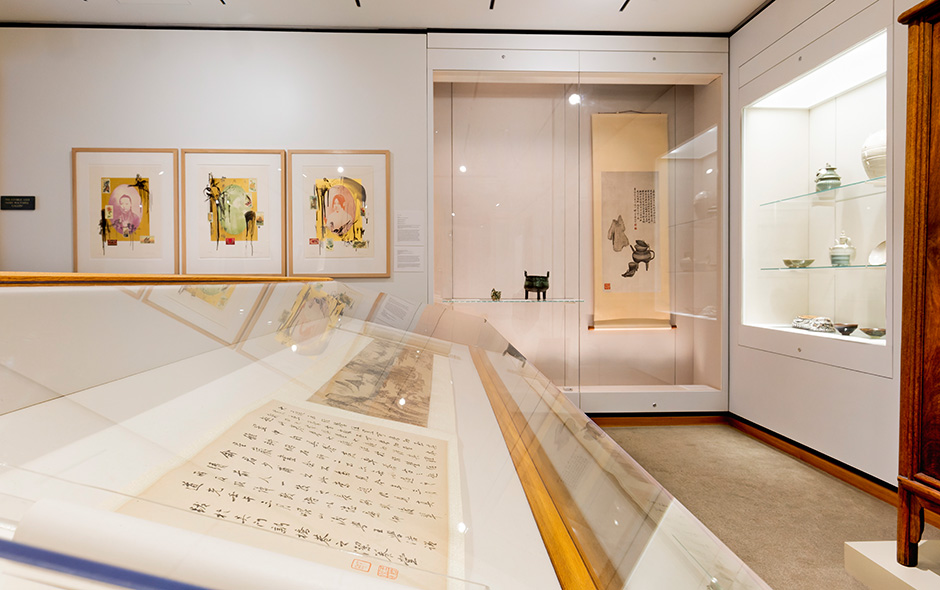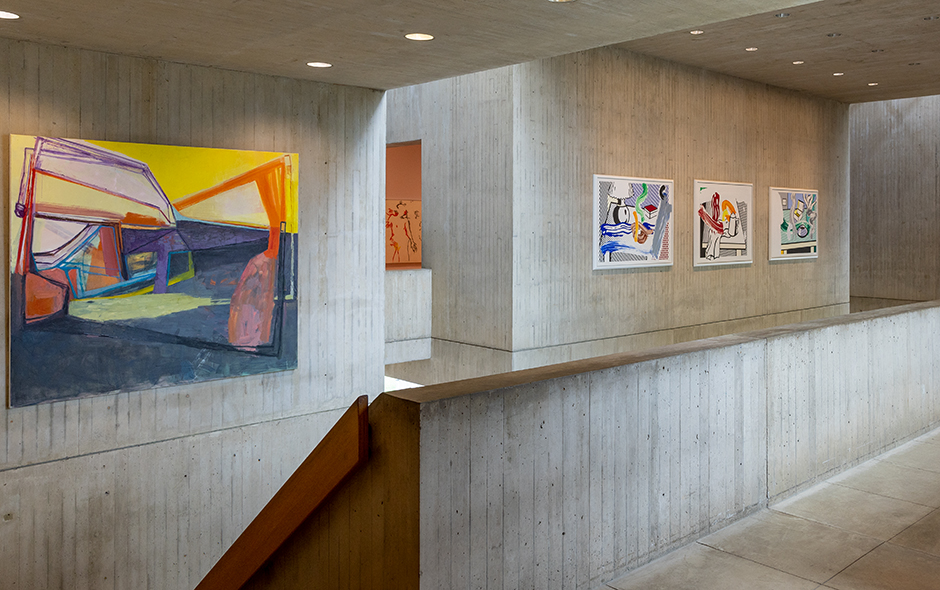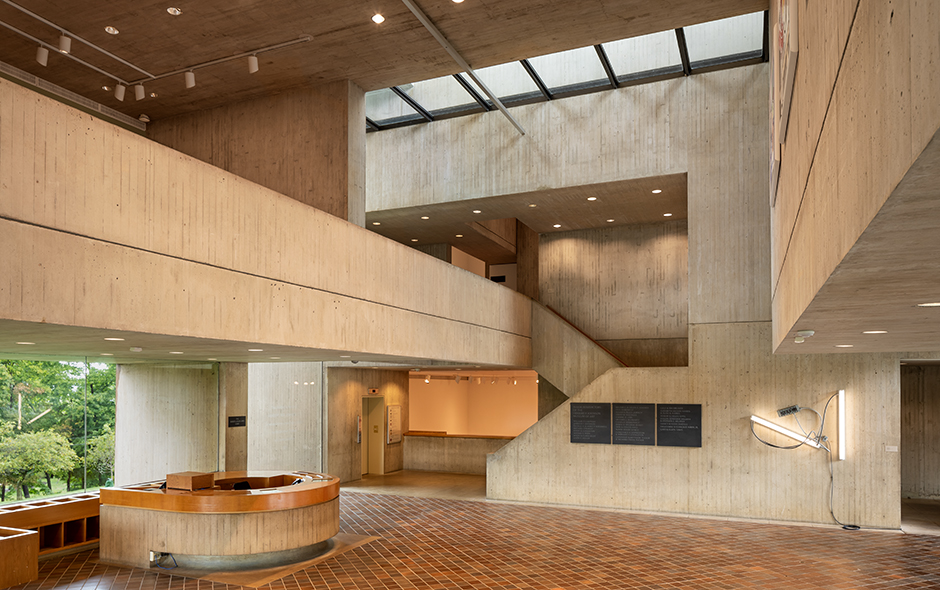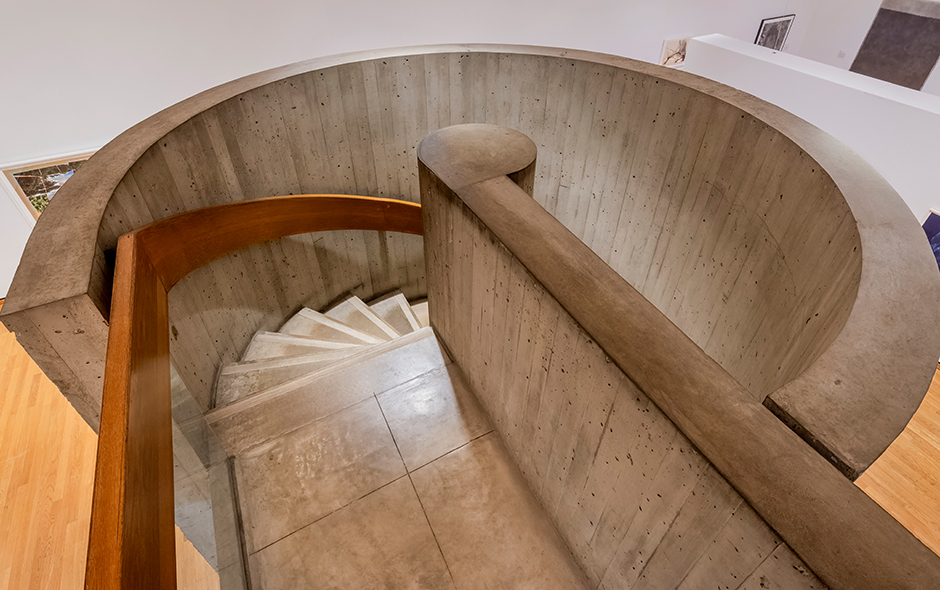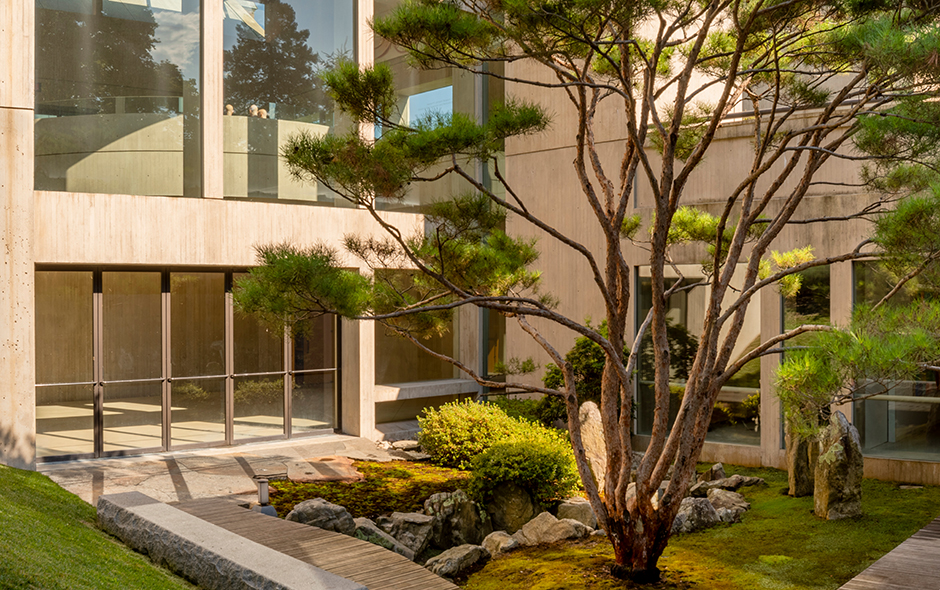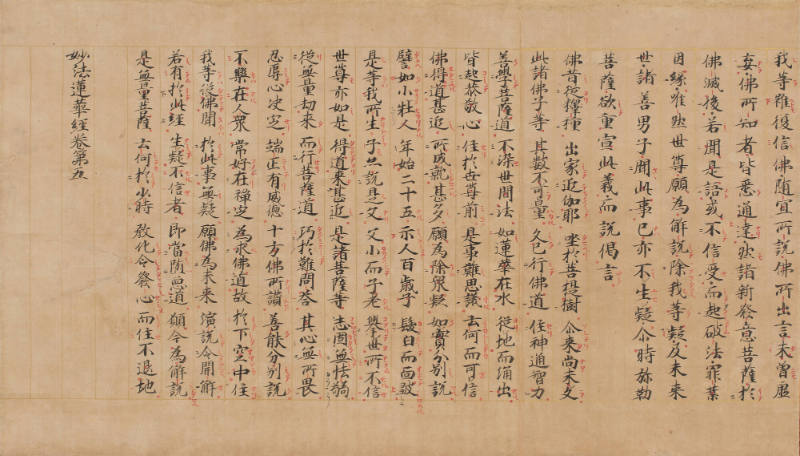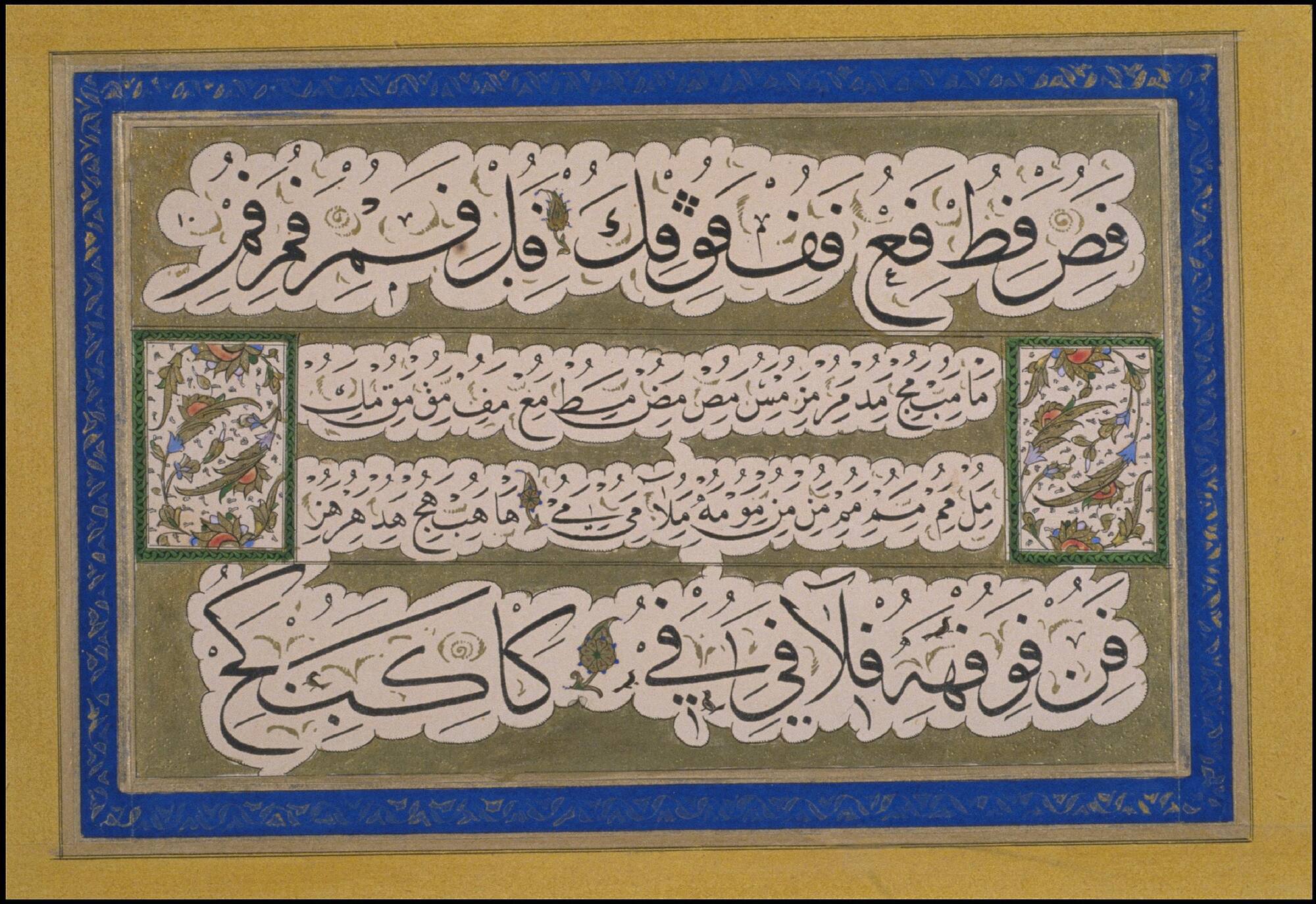
Object Details
Culture
Turkish; Ottoman
Date
17th century
Medium
Manuscript leaf: colors and gold on paper
Dimensions
Image: 6 7/8 x 9 5/8 inches (17.5 x 24.5 cm)
Sheet: 11 x 14 inches (27.9 x 35.6 cm)
Credit Line
Transfer from the Department of Rare Books, Cornell Libraries
Object
Number
74.049.001
Comprised of a series of letters that do not form words, this single page provided a forum for displ(…)
Comprised of a series of letters that do not form words, this single page provided a forum for displaying the technique of proportioned writing. It may have functioned to advertise the skills of a studio of artisans: a calligrapher, a painter and a gold-leaf illuminator. Ottoman aesthetics differed from those of other parts of the Islamic world in a rejection of densely packed motifs and patterns. Artists instead emphasized balance between motifs and empty space, achieved by keeping decoration under control.



